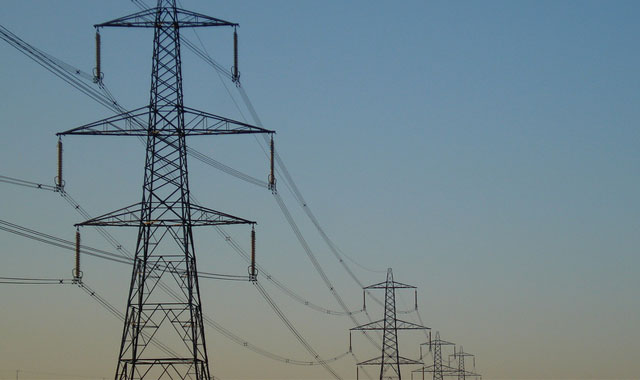
Load shedding occurred on Sunday to ensure South Africa’s power grid did not suffer a blackout, Eskom said.
This followed the collapse of a coal silo, silo number 20, at the Majuba power station early Saturday afternoon, thereby severely impacting the station’s ability to produce power.
Steve Lennon, group executive for sustainability, told journalists at Eskom’s Megawatt Park headquarters in Johannesburg that it was essential a blackout be avoided “at all costs”.
“To do that we need to make sure the system reserves are built up. By yesterday our system reserves were basically exhausted,” he said.
“We’ve been spending today, and continuing to spend today [Sunday], building up our system reserves so that we can go into the week with a secure system.”
Eskom CEO Tshediso Matona said earlier that at 12.30pm on Saturday staff at Majuba reported a physical crack at the silo. “The sight of a crack enabled the personnel on site to be evacuated,” Matona said.
At 1.12pm, the silo collapsed, with no injuries reported.
The station’s output was 3,6GW at the time of the collapse, and reduced to 1,8GW. Output had subsequently been reduced to 600MW, with Eskom using that figure as their base in regards to supply planning.
Any increase in output at the station beyond that would be seen as an upside.
An investigation would take place into the collapse, which the company said was isolated, and was expected to last around three months, with the collapse being recorded on video assisting in this regard.
Eskom expected possible load shedding on Monday between 6pm and 8pm, Wednesday 6pm to 10pm and throughout Thursday. If it was possible to avoid this happening, the company would do so.
Capacity was sitting at around 31,5GW, and demand evening peak on Monday forecast at 31,3GW. Lennon said: “You can see exactly how tight that risk is.”
Thava Govender, group executive for generation, said Majuba had six units, with the collapsed silo being the focal point where the primary coal conveyor belt met the rest of the plant’s distribution system.
The collapsed silo fed coal into units three and four, while units one, two, five and six were supplied coal from two other silos, which received coal via the now-collapsed silo.
Unit one was now being supplied coal through trucks, 15 an hour, depositing coal by the remainder of the conveyer belt system, and using a manual or buffalo feeder to allow the units to receive coal.
Unit two had been shut down but Eskom sought to bring it back online on Monday.
“These [buffalo feeders] are not readily available. We use them when we have problems with coal so we’ve been sourcing them,” Govender said. “We’ve managed to get one now. That’s going to be for unit one.”
The buffalo feeder would be sufficient to feed unit one and two up to half load initially, before later improving, with Eskom seeking to do the same operation for units five and six on the other side of the plant.
The coal would be supplied from the coal stock yard.
“The second buffalo feeder is arriving sometime after midnight tonight, and we’ll also start coal there as well,” he said.
“[Units] three and four are unfortunately a problem, because when this silo collapsed, it collapsed onto this area where you could also have potentially put a mobile feeder,” he said.
“So if you want to get coal into these two units, you actually have to clear the debris away, create an access [for] the mobile feeders as well and that’s what we need to do.”
Govender said, “on gut feel”, it would be at least two weeks before Eskom could start considering feeding units three and four with coal.
It was also possible to feed unit three from unit two, but this would take time, as unit one and two would need to be stabilised first. — Sapa




